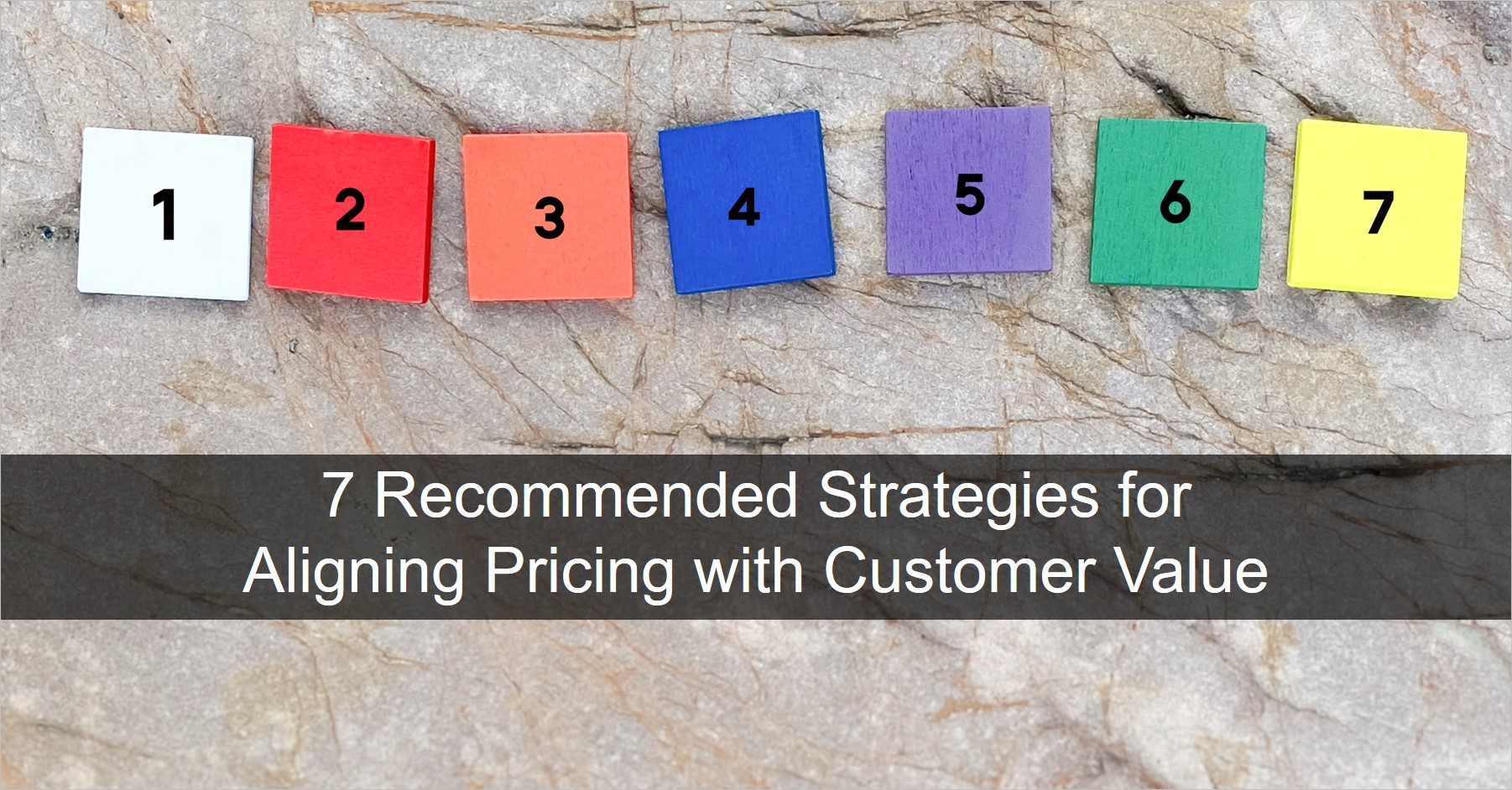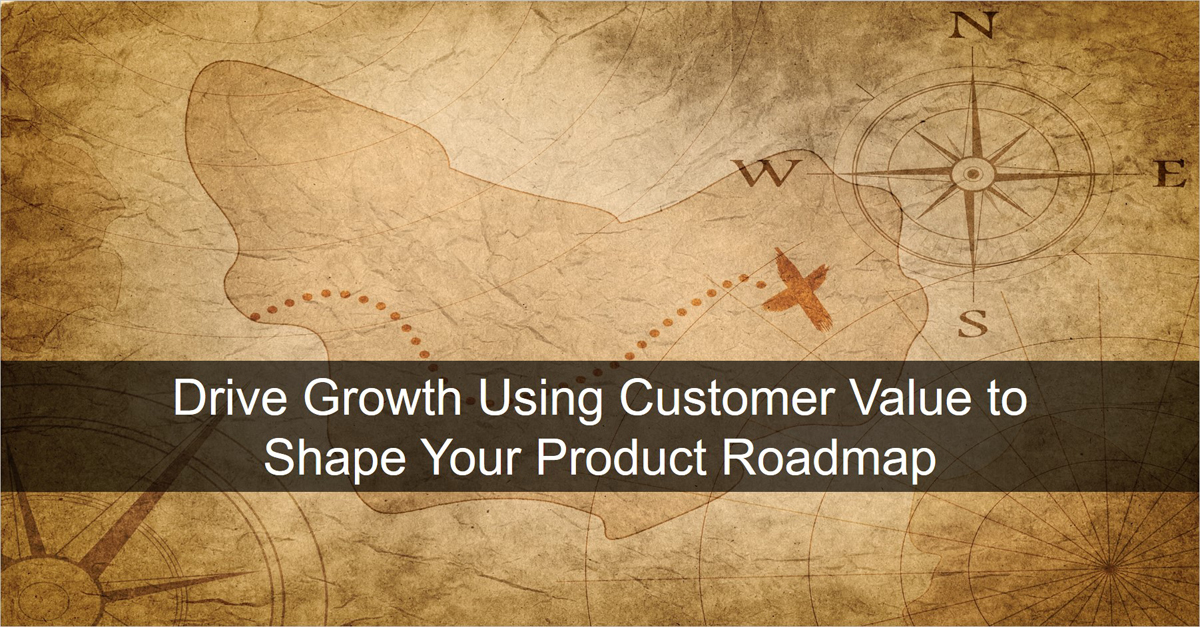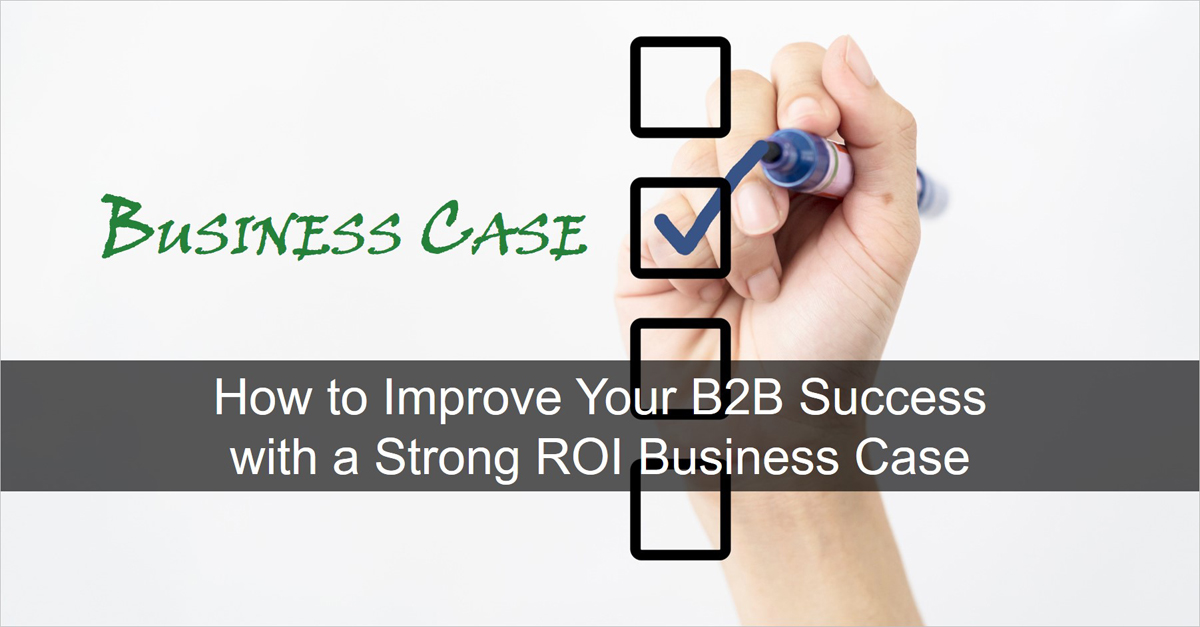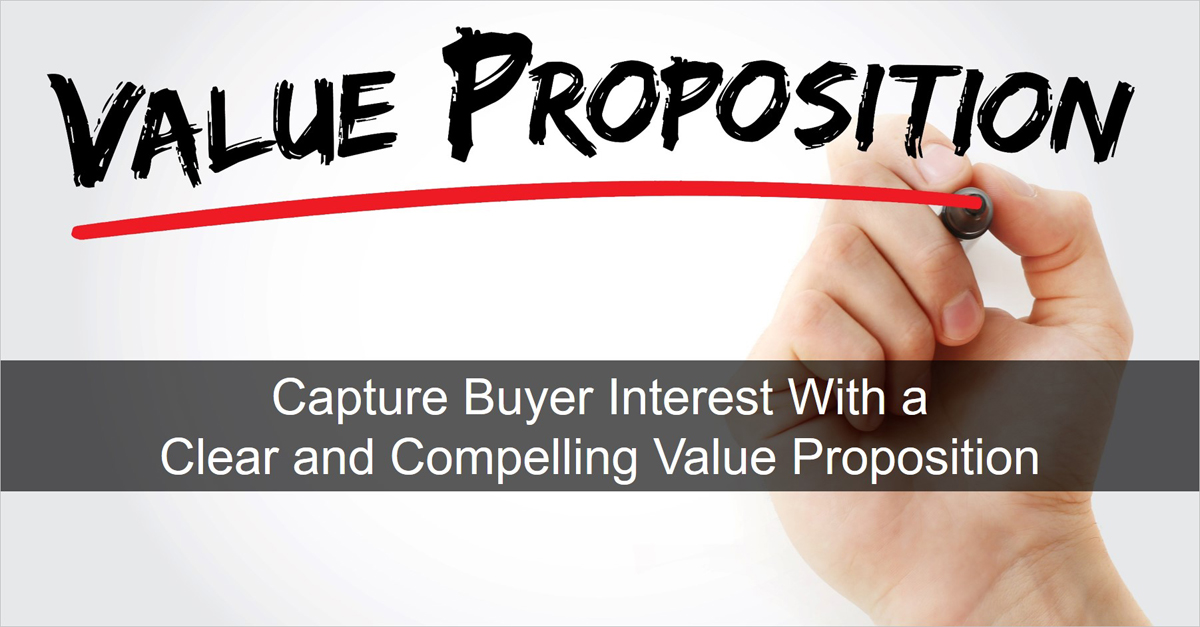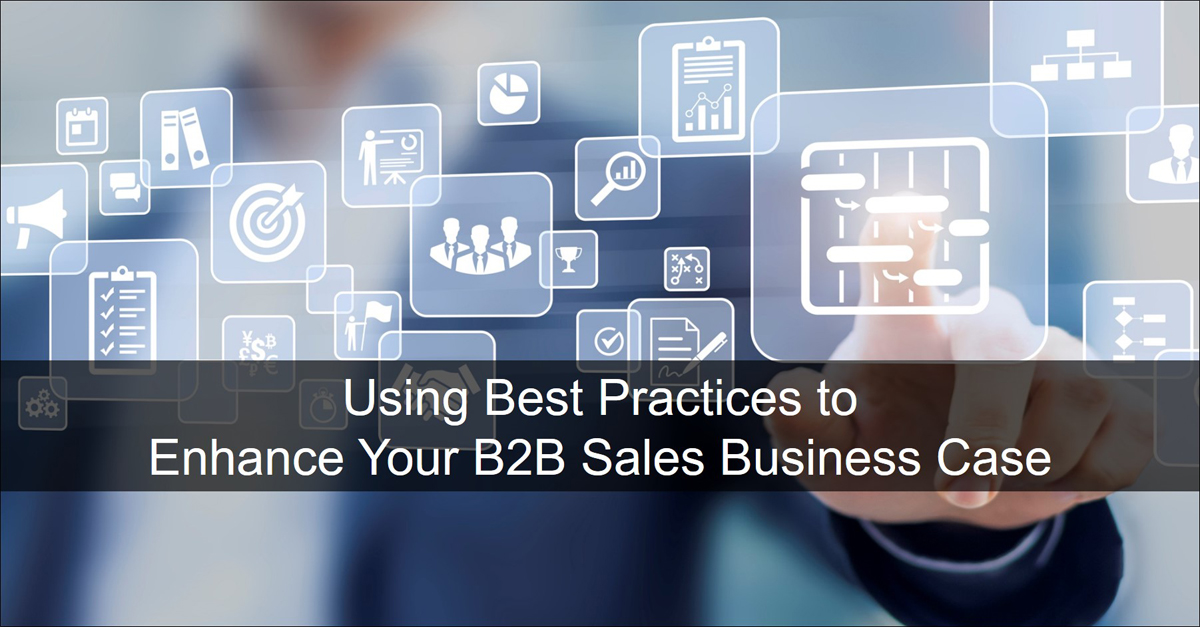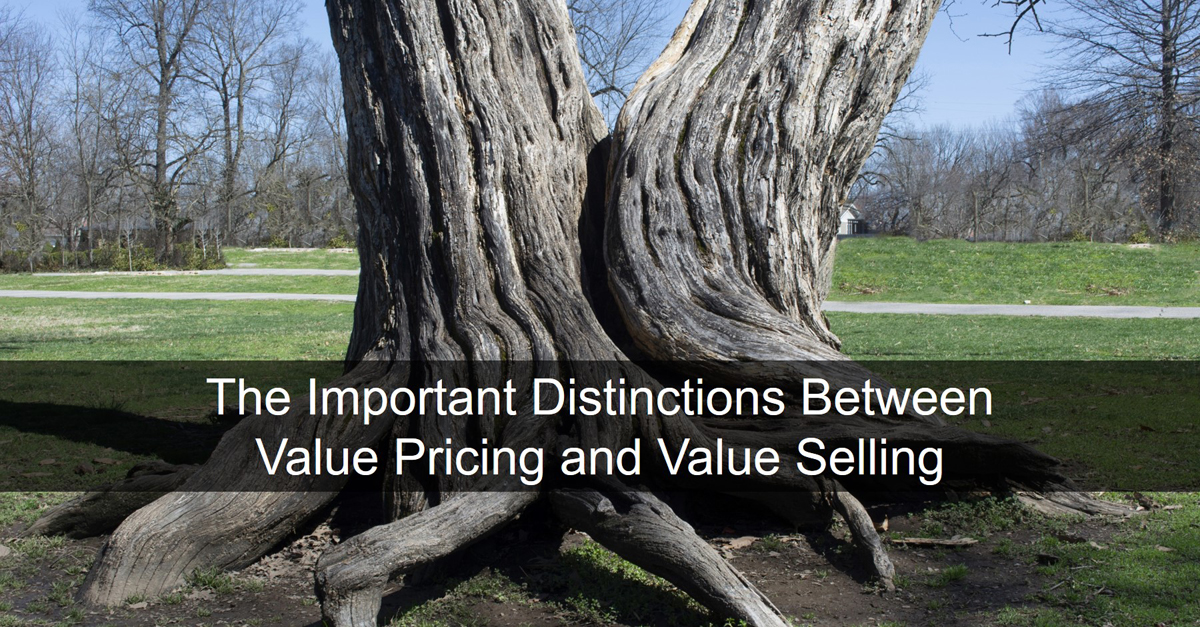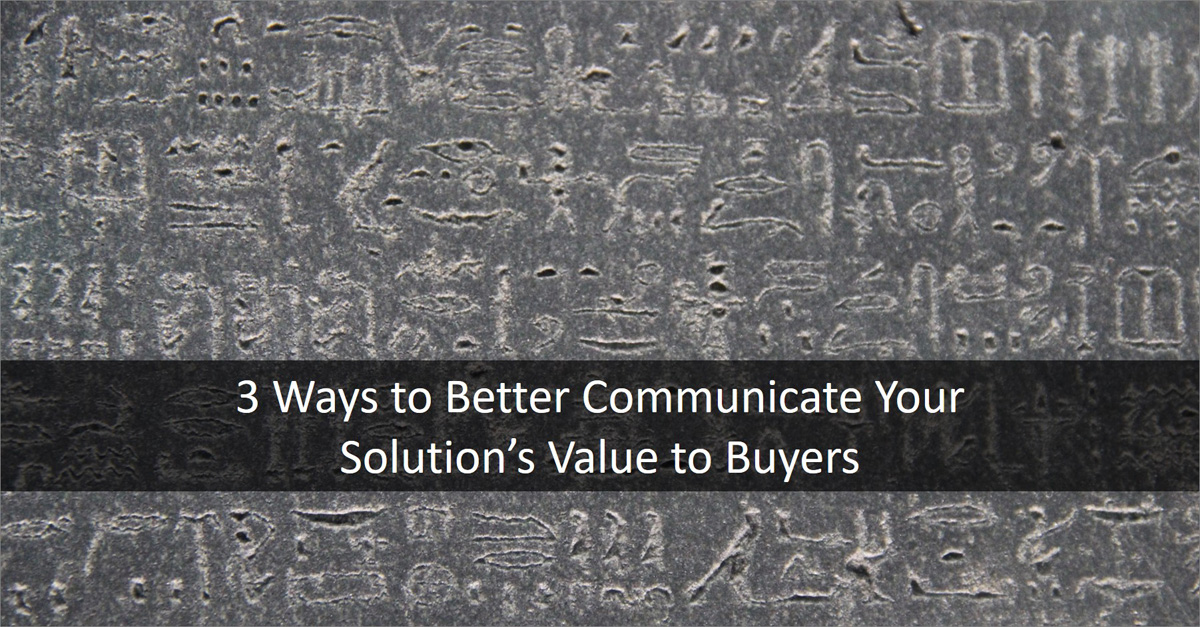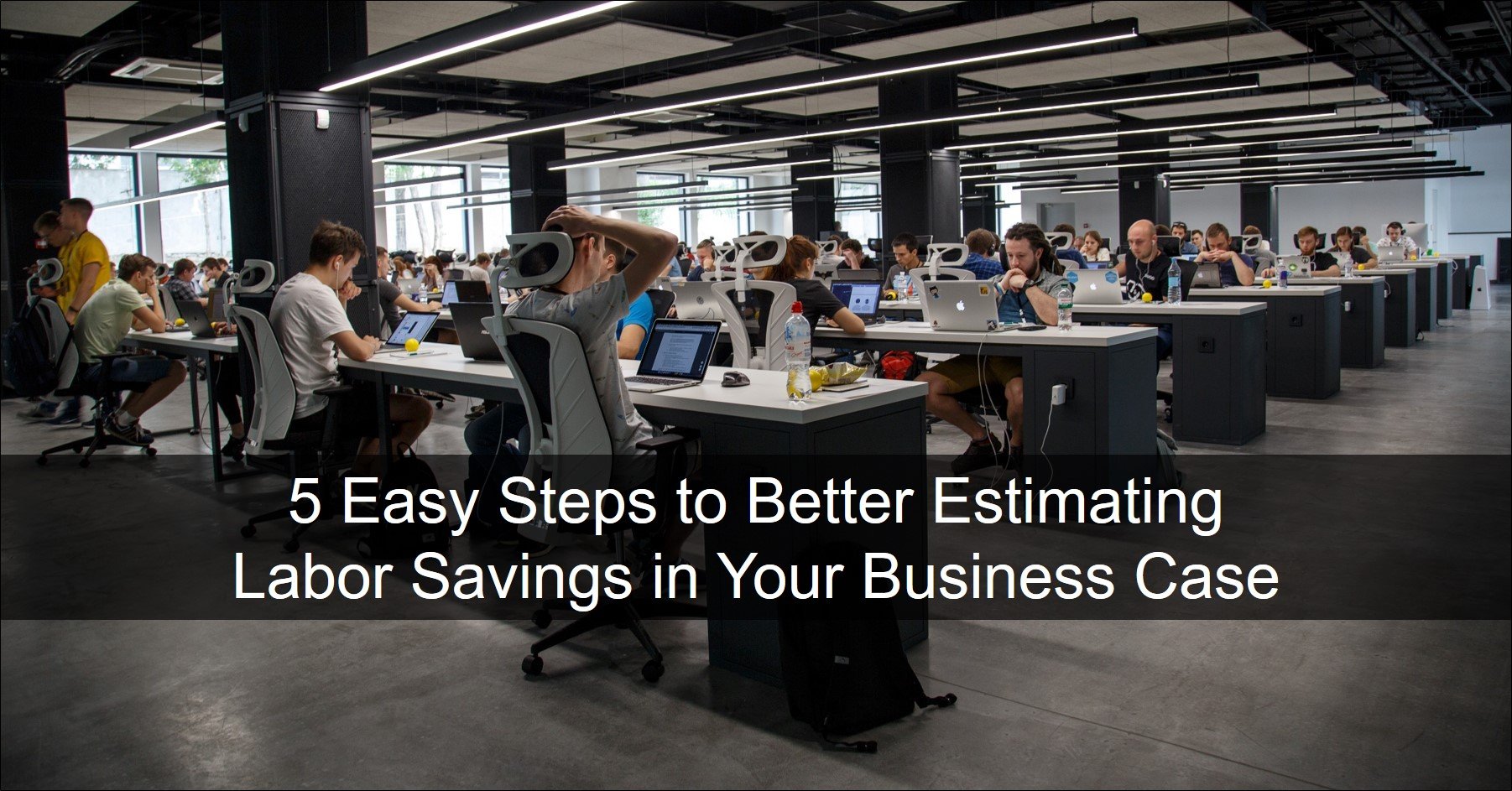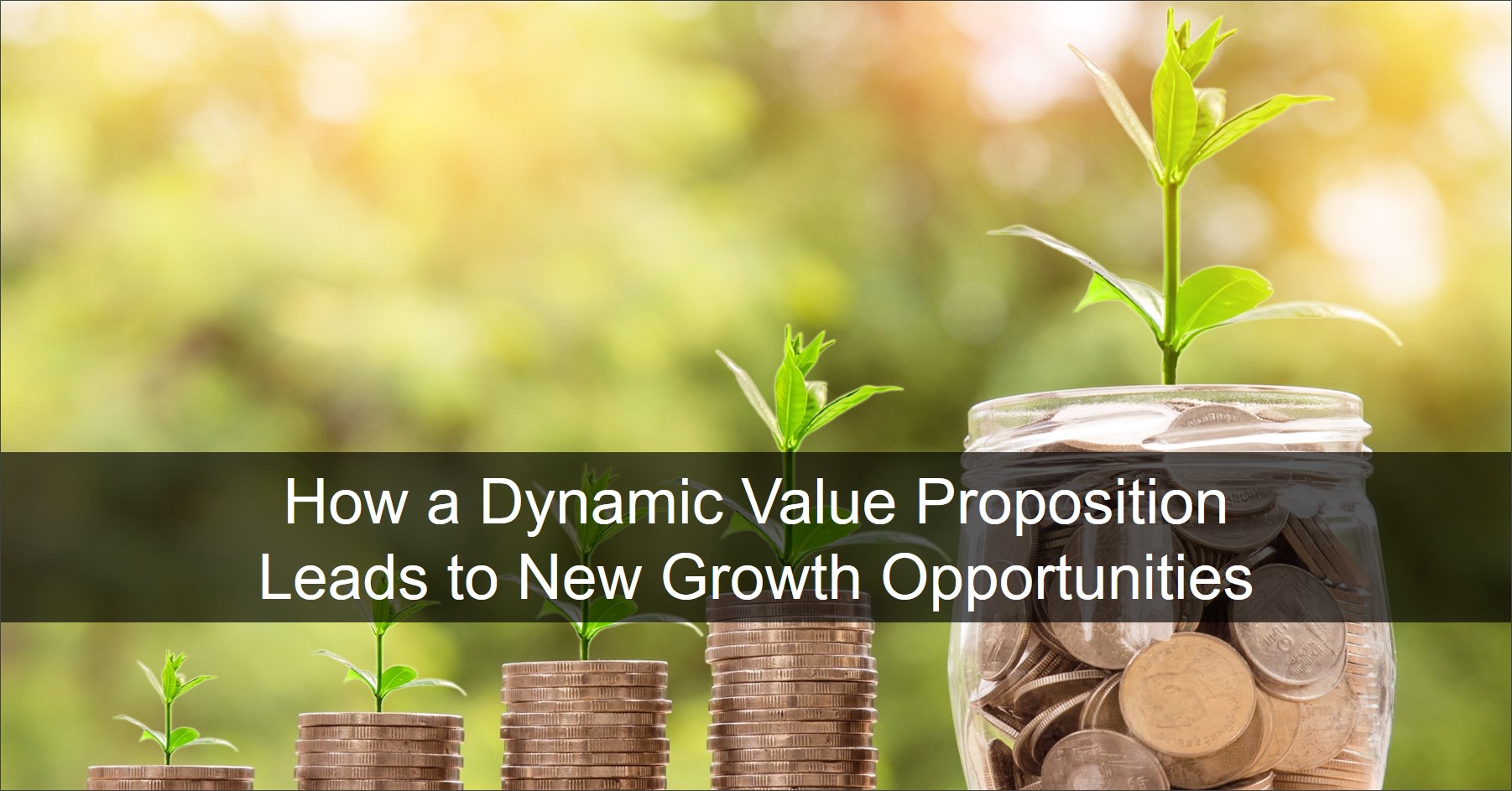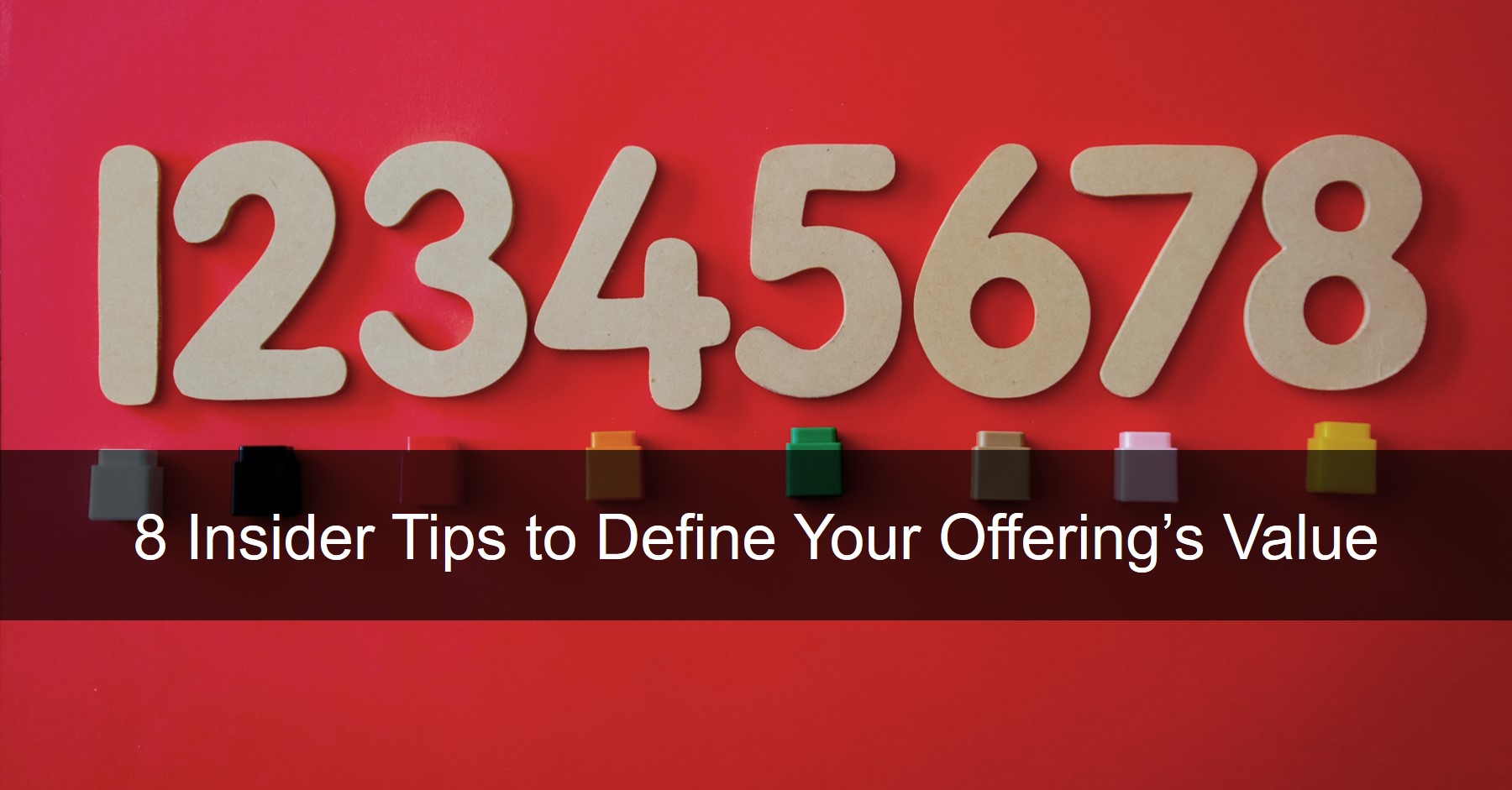Value pricing is a customer-centric strategy that sets prices based on the estimated economic value of a product or service rather than purely on market benchmarks or internal costs. When executed correctly, this powerful approach can increase profits and customer satisfaction. The challenge is aligning price with value delivered.
I recently reflected on what might cause sellers to reassess their value pricing and value selling strategies in a changing economy. While both are rooted in value, value pricing and value selling use different tools with different purposes and reference sets. Let’s take a moment to review the basics.
The biggest gap between sellers and buyers is a shared understanding of a solution’s value. This gap leads to long sales cycles or worse, deals that just fade away. Overcoming this chasm can be accomplished using value selling tools, which function as a Rosetta Stone to unlock insights for both sides.

